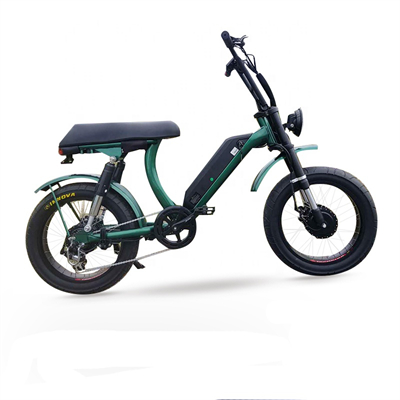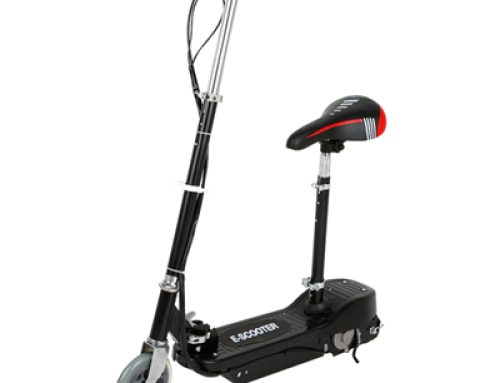In the electric bicycle market, lead-acid maintenance-free batteries are the most commonly used. There are also AGM-type batteries using glass fiber separator adsorption technology. There are also GEL-type gel batteries using gel electrolyte technology.
The AGM battery is filled with dilute sulfuric acid. The dilute sulfuric acid is absorbed in the ultra-fine glass fiber separators and plates, and there is almost no flowing electro-liquid. Most of the electric bicycle batteries sold in the market are AGM-type batteries.
The GEL type gel battery has no free electrolyte after the electrolyte gel, and the probability of acid leakage is much smaller than that of the previous battery. Its perfusion volume is 10-15% more than that of dilute sulfuric acid, and water loss is less. Therefore, the gel battery will not fail due to loss of water. The infusion of colloid increases the strength of the separator and protects the plates. It makes up for the defect that the separator shrinks when encountering acid, and has the effect of prolonging the life of the battery. The colloid fills the gap between the separator and the plate. This reduces the internal resistance of the battery, and the charge acceptance can therefore be improved.
Therefore, the over-discharge, repair ability and low-temperature charge-discharge performance of gel batteries are superior to those of AGM batteries. The consistency of gel batteries is much better than similar AGM batteries. There are four types of colloids mass-produced in China: fumed glue, silica sol, mixed sol, and silicone polymer glue.







